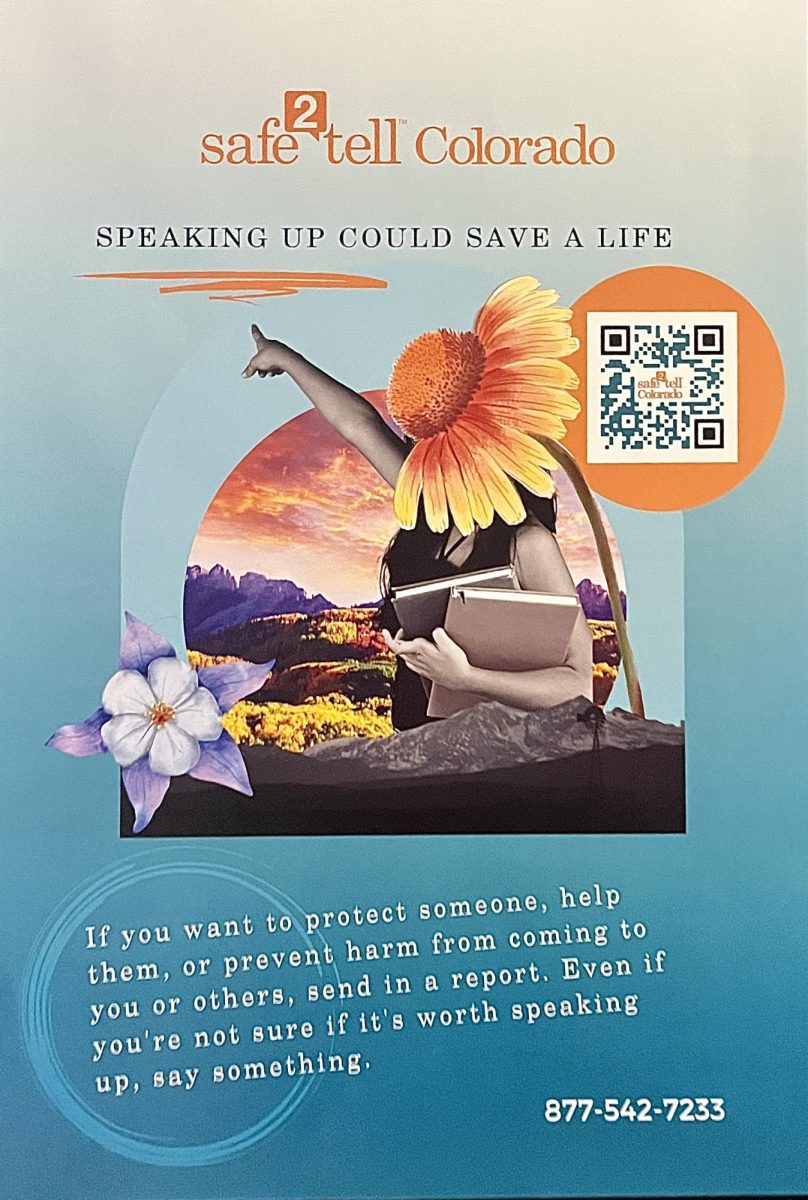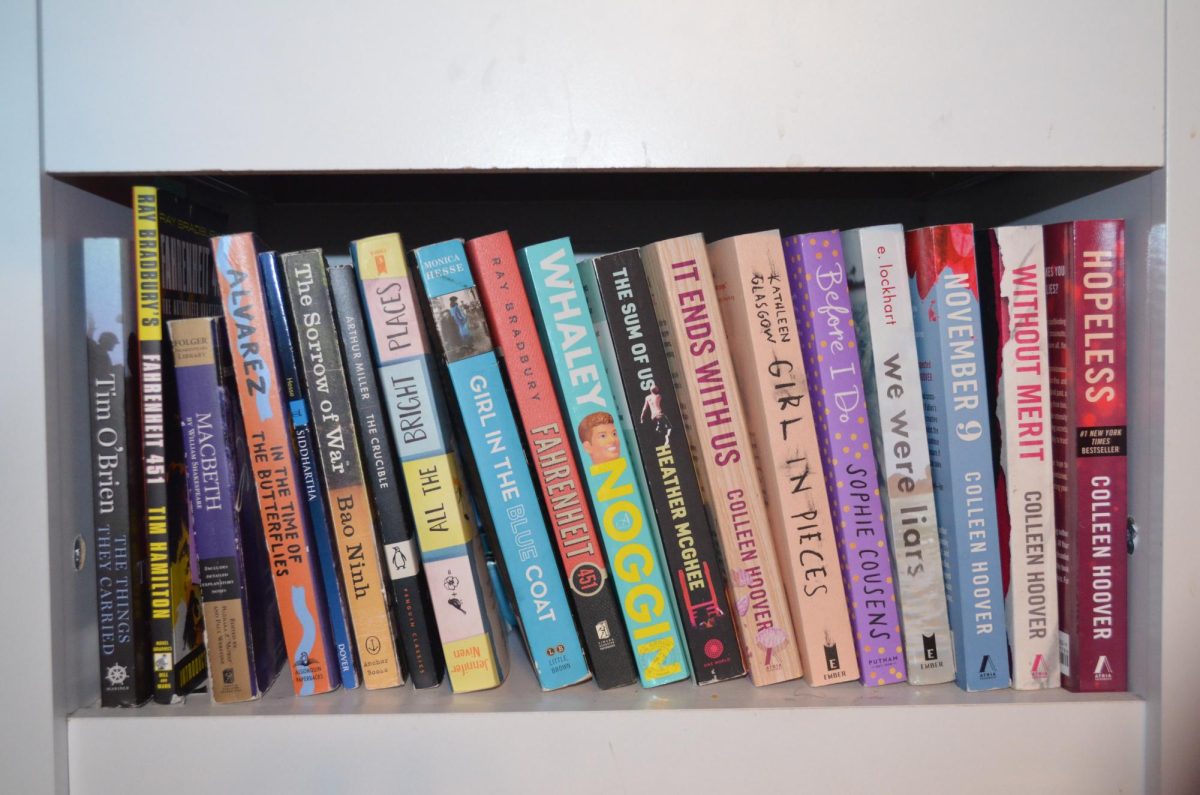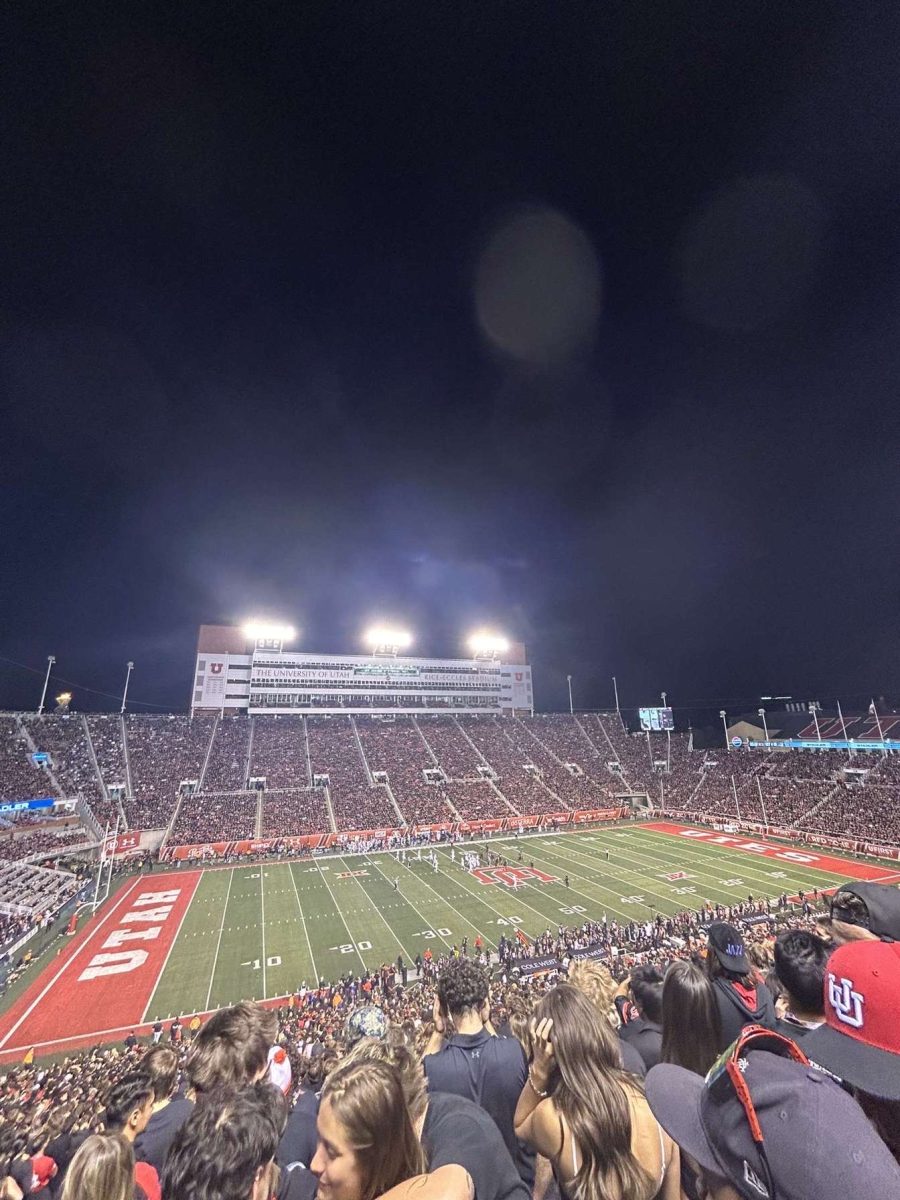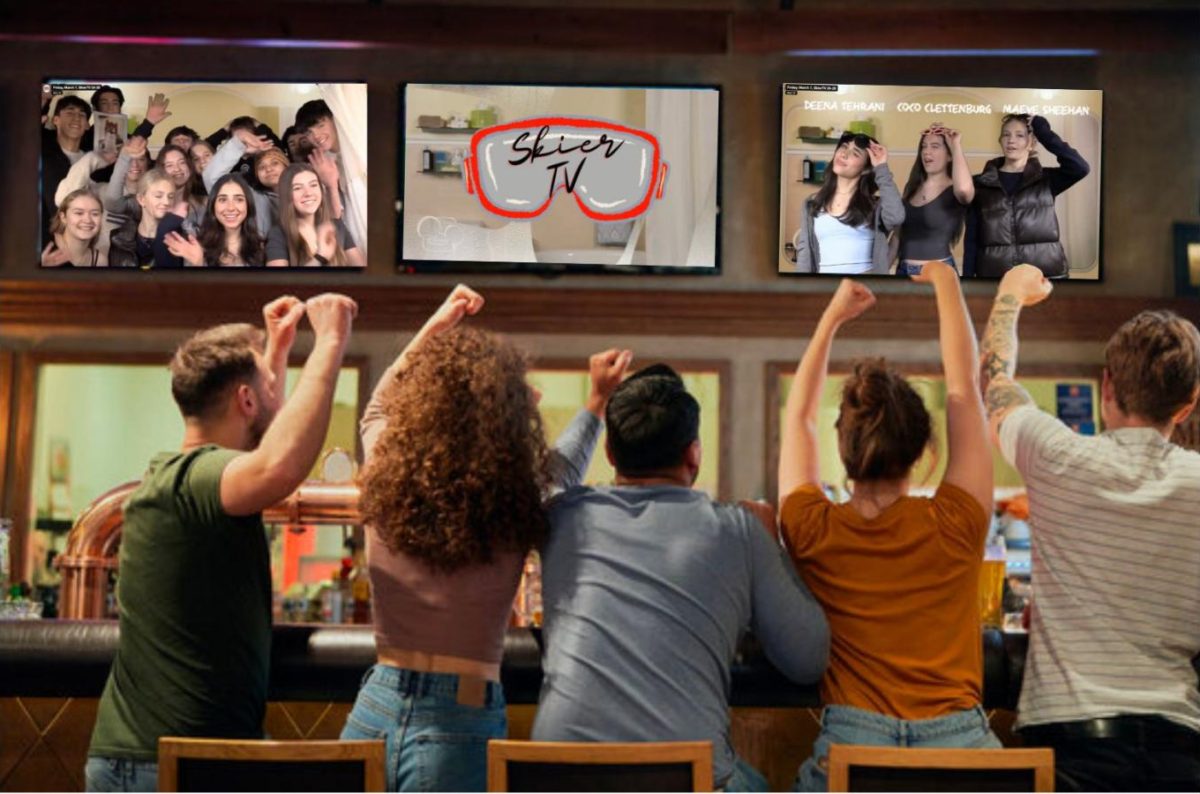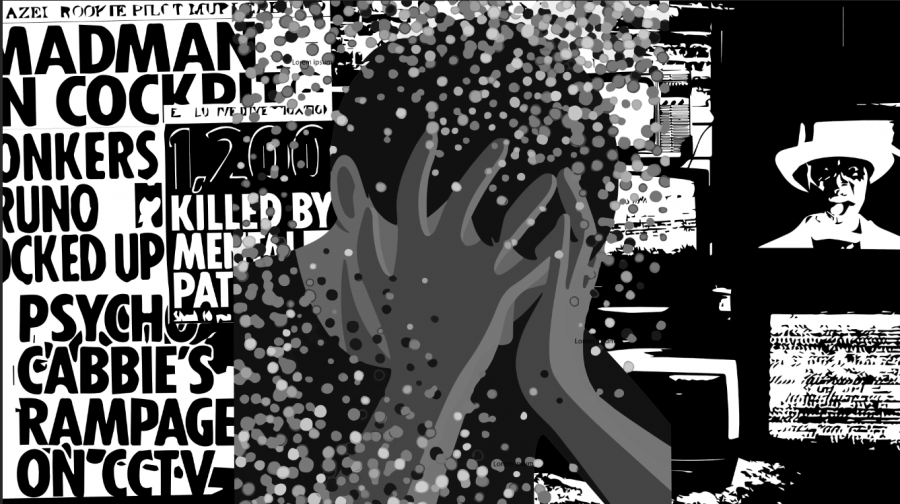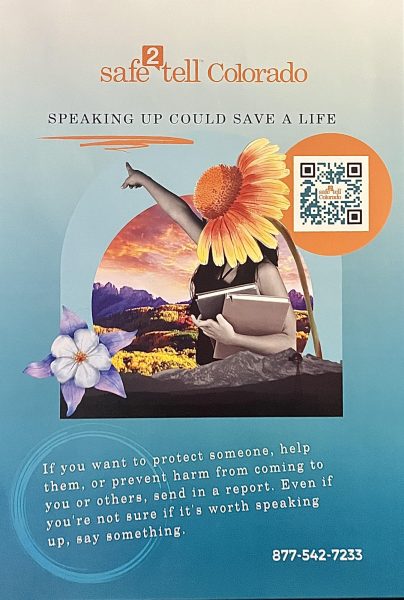Dramatize, demonize, romanticize: the media’s creation of mental illness stigmas
A representation of the media creating mental health stigmas through its portrayal of mental illness.
Whether it was watching Norman Bates stab a motel guest to death in the shower in Alfred Hitchcock’s Psycho, reading articles that dramatize and demonize mental illness, or seeing posts on social media that romanticize depression and anxiety, most have seen mental illness portrayed inaccurately in the media.
According to Hopkinson Medicine, 1 in 4 adults suffer from mental illness. Despite millions struggling with mental health, there are still numerous stigmas. The media plays a significant role in creating these stigmas, often portraying mentally ill people as violent, psychotic, and unpredictable. In reality, only 3- 5 % of violent acts are attributed to individuals with mental illness. In fact, people with severe mental illnesses are ten times more likely to be victims of violent crime than the general population.
Holly Ellis, a psychiatrists and nurse practitioner, has worked extensively in outpatient and inpatient programs. She has experience in treating an array of mental illnesses, including depression, anxiety, schizophrenia, behavioral issues, and bipolar disorders. Throughout her career, Ellis has witnessed a positive shift in the culture surrounding mental illness. However, she believes that more work needs to break stigmas with less common mental disorders.
“There has been a major shift in the last decade to be more inclusive, which includes mental illness. We are more accepting of anxiety and depression because they are more common, and depicted in a more positive light in the media,” Ellis said. “We get less accepting when these disorders get more extreme. Though we have made progress, the door is still quite closed on more stigmatized illnesses such as bipolar, schizophrenia, and any other psychosis type diagnoses.”
One highly stigmatized mental illness is Dissociative identity disorder (D.I.D). The disorder is a severe form of dissociation, a disconnection in a person’s thoughts, memories, feelings, actions, or sense of identity. It is characterized by two or more distinct personalities that continually have control over a person’s behavior. D.I.D stems from several factors that include, but aren’t limited to, severe trauma and repetitive abuse.
Soleil, a person who suffers from D.I.D, is an active member of the online D.I.D support community. One of her alters, Emma, who was in control at the time of this interview, believes that many stigmas surround the disorder due to the media and society’s general lack of awareness about D.I.D.
“A lot of people follow an older way of thinking. Some believe D.I.D is caused by demonic possession,” Emma said. “Media portrayal has not helped, with the idea of a murderous alter just waiting to come out.”
Nurse Practitioner and owner of the practice MindBodySoul Psychiatry, Tink Hansen, has worked in psychiatry for over 40 years. Hansen specializes in many highly stigmatized disorders and believes that part of the stigma stems from fear.
“Mental illness isn’t something you can see. It’s not like a heart condition or a bruise or a cut. The media taps into people’s fear and into harmful stereotypes, which creates so many problems for people with mental illnesses. They are denied jobs, social acceptance, and even mental health care in fear that they are violent and murderous,” Hansen said.
Emma experiences the effects of stigmas associated with D.I.D in her everyday life. Many psychiatrists do not consider D.I.D to be a mental illness, despite its recognition in the DSM-5, a manual for assessing and diagnosing mental disorders.
“As a system, we have other mental health struggles besides D.I.D, so we have been turned down for treatment because we are too complex of a case. Even though D.I.D. is recognized in the DSM-5, psychiatrists have told us that we couldn’t have D.I.D. because it’s not real, or it’s very rare, which is not true and uninformed. It’s not as common as other illnesses, but it’s as common as red hair,” Emma stated. “We have also been let go from jobs because of it. Once employers find out about our disorder, they get scared.”
Not only does media create stigma, but it can also influence people with mental disorders to mimic unhealthy coping mechanisms and behavior.
“Shows like 13 reasons Why showed depression and suicide in an extremely unhealthy and glamorizing way. Because of that, a lot of those individuals repeated what they saw in that specific T.V. show,” Ellis said.
While disorders like D.I.D, bipolar, and schizophrenia are demonized in the media, anxiety and depression are often romanticized on social media. Many users create posts that depict mental illness in an enticing or glamourous manner. Often they are portrayed as quirky, trendy, beautiful, and unique, ignoring the reality and seriousness of these illnesses.
“Romanticizing something that’s very real and a struggle for a lot of people is doing society a disservice. Severe depression and anxiety are absolutely debilitating. This downplays the severity of these mental illnesses and the struggles people have to face every day,” Hansen said.
Education and awareness are essential to break the harmful stigmas and stereotypes associated with mental illness.
“We need to educate people on different types of mental illness- not just the more common ones. We need to stop demonizing mental illness in the media. We need to reflect on how our behaviors and actions towards mental illness affect others and integrate them into society,” Emma said. ”People with mental illness are people, not monsters. They are not dangerous; they are struggling. We need to be treated with respect.”



